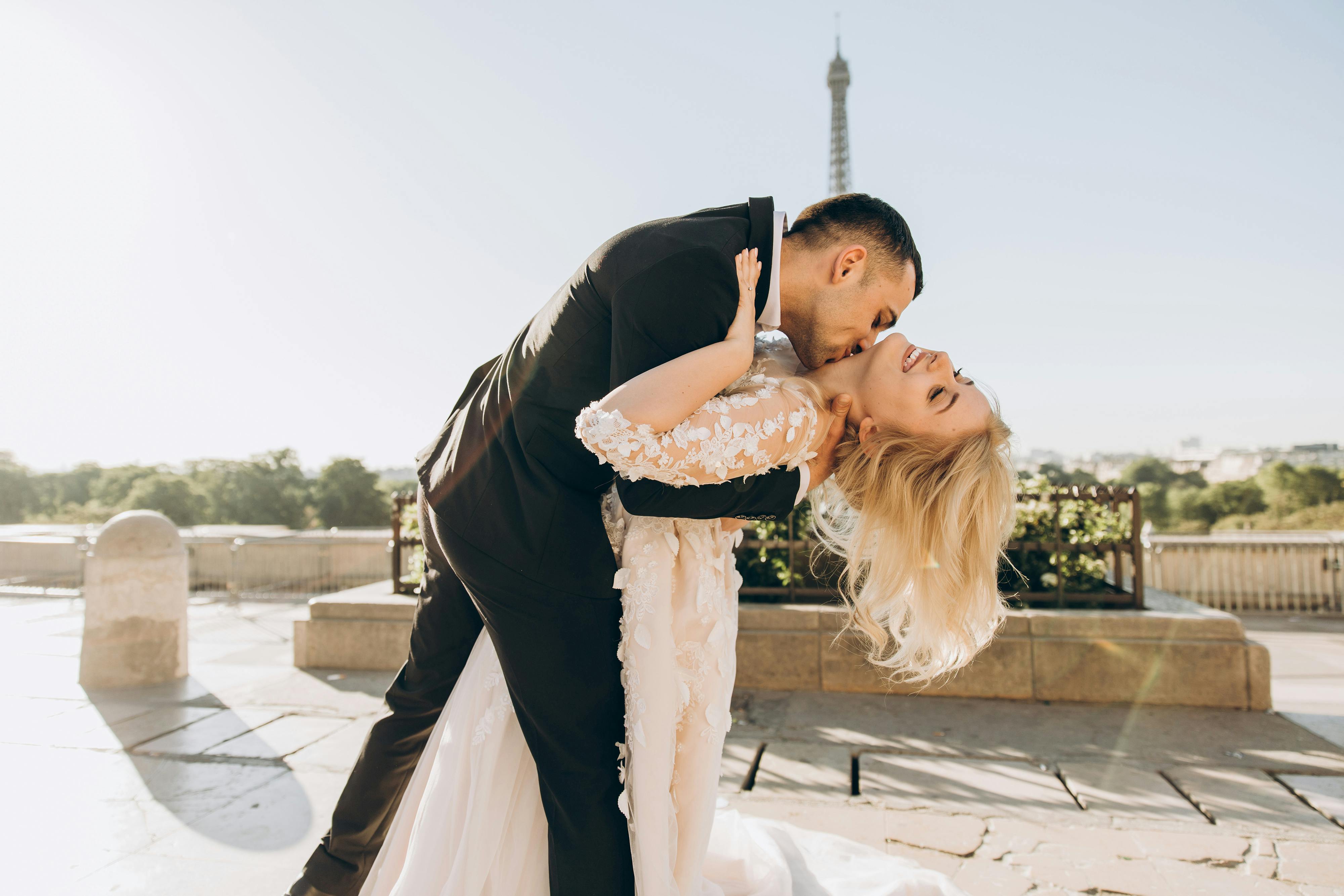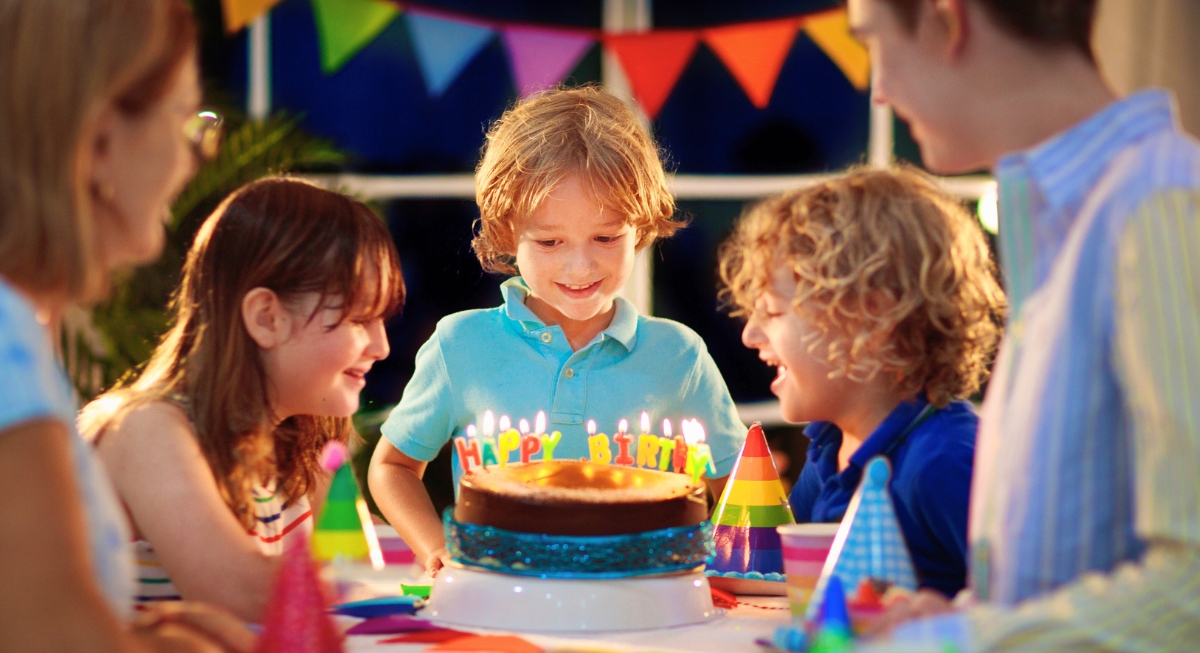Weddings are a celebration of love, unity, and new beginnings. Yet, some of the traditions that accompany them seem like relics of a bygone era. From obligatory invites to the garter toss, these customs are ripe for reevaluation. Let's explore a few wedding traditions that might be ready to take a bow and exit stage left.
The Obligatory Invites

credit: pexels
Obligatory invites stem from when social standing hinged on sprawling guest lists. Back then, it was crucial to include every distant relative and acquaintance to maintain social ties and status. Nowadays, this often leads to bloated events where intimacy loses out to obligation. Time to prioritize genuine connections, right?
Being "Given Away"
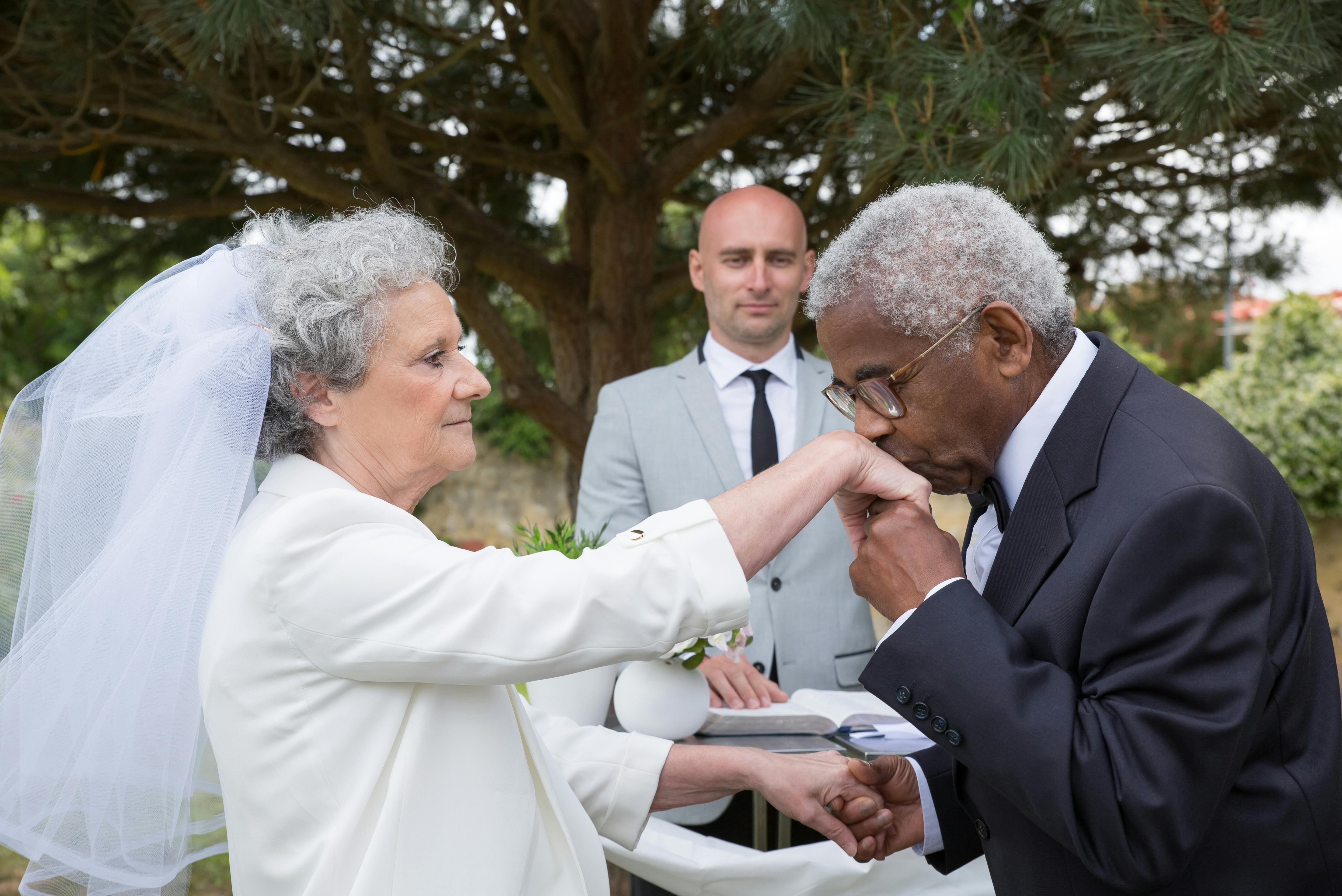
credit: pexels
Originally, being "given away" symbolized a transfer of guardianship, with brides handed from father to husband. Once a moving moment, it now feels outmoded as many brides champion independence. It's high time we celebrated partnership with a more modern approach, perhaps walking down the aisle independently or together.
The Bouquet Toss
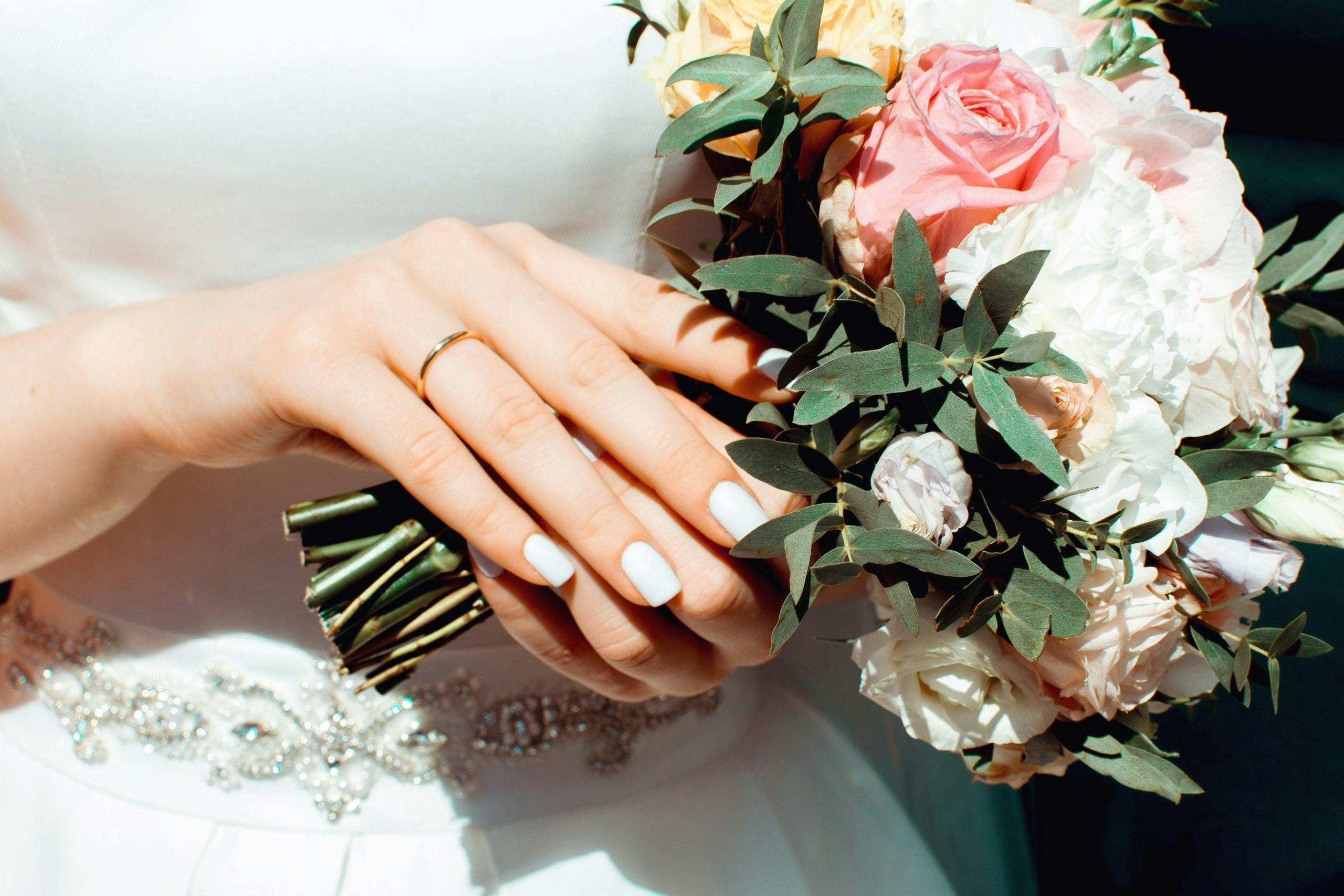
credit: pexels
The bouquet tosses at weddings, a tradition tracing back to 14th-century England, was originally about brides dodging grabby guests who wanted a piece of her dress for luck. Now, it often feels like an outdated, awkward spotlight on singleness. Can we toss this tradition instead?
Pre-Wedding Events

credit: pexels
Pre-wedding events piled up as a way to extend celebrations and honor the couple with more than just a ceremony. Originally meaningful, they now often stress budgets and schedules. Scaling back to focus on the main event could let everyone breathe easier and enjoy more.
The Gift Registry

credit: pexels
This tradition emerged to help couples establish their new home with essentials. This sweet concept has now morphed into a shopping list that sometimes includes luxury items, diluting the spirit of generosity. As tastes modernize, cash gifts or charitable donations might better reflect contemporary values and needs.
Arriving at The Wedding Separately
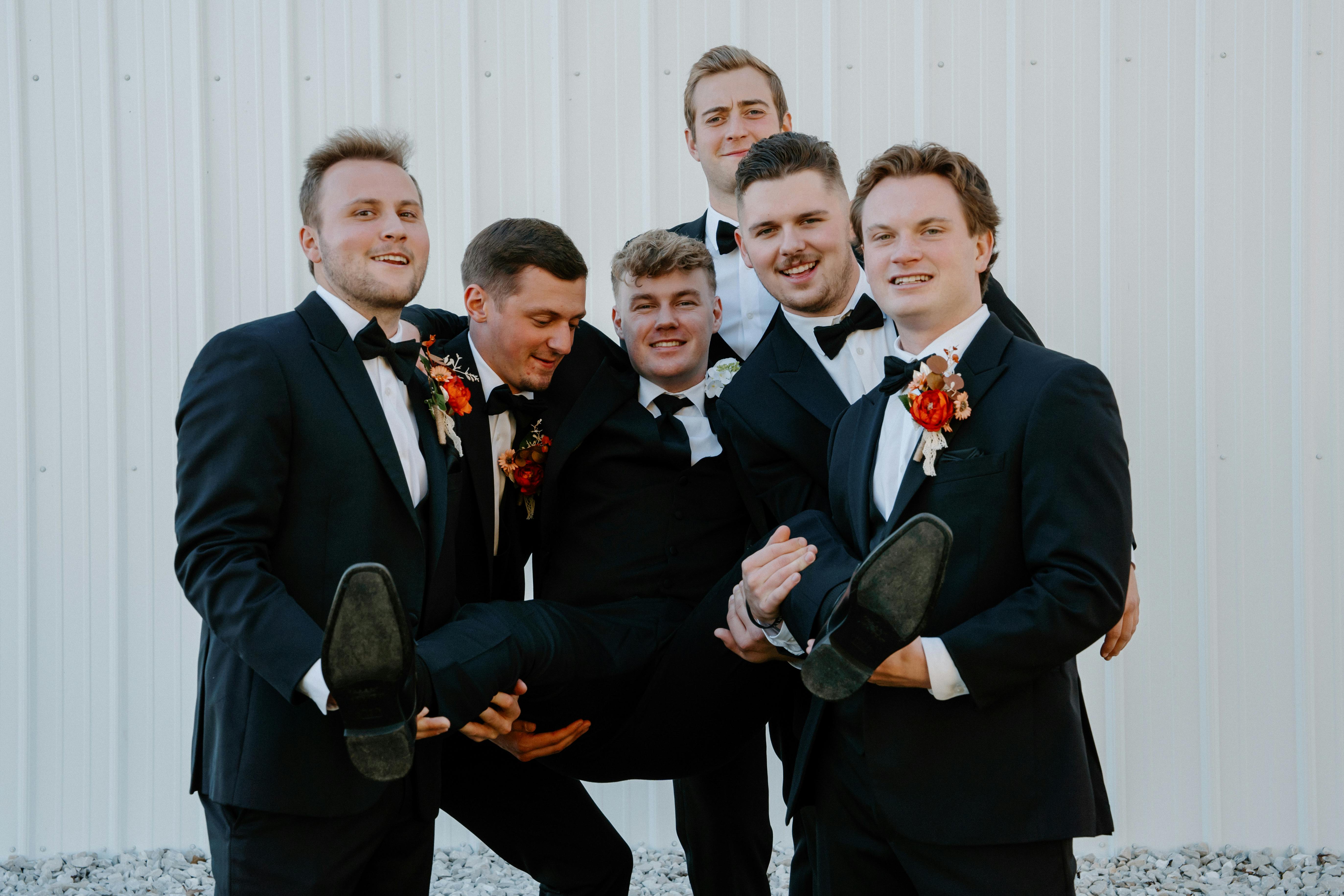
credit: pexels
Arriving separately at the wedding originated from the superstition that seeing each other pre-ceremony spells bad luck. In an age that values shared experiences, this can seem unnecessarily isolating. More couples now choose a first-look moment, embracing the joy together before saying, "I do."
The Garter Toss

credit: pexels
This was a tradition based on the belief that owning a piece of the wedding attire brought luck. Now, it often feels like a cringeworthy relic that singles out guests uncomfortably. Most newlyweds are skipping this tradition for a smoother, more inclusive celebration vibe.
Gendered Bridesmaids and Groomsmen

credit: pexels
Gendered bridesmaids and groomsmen date back to times when roles were strictly divided by sex. This tradition now meets modern preferences for inclusivity, with wedding parties reflecting real friendships rather than long-standing norms. Many opt for mixed-gender groups, celebrating loved ones without conventional labels.
Changing Your Surname
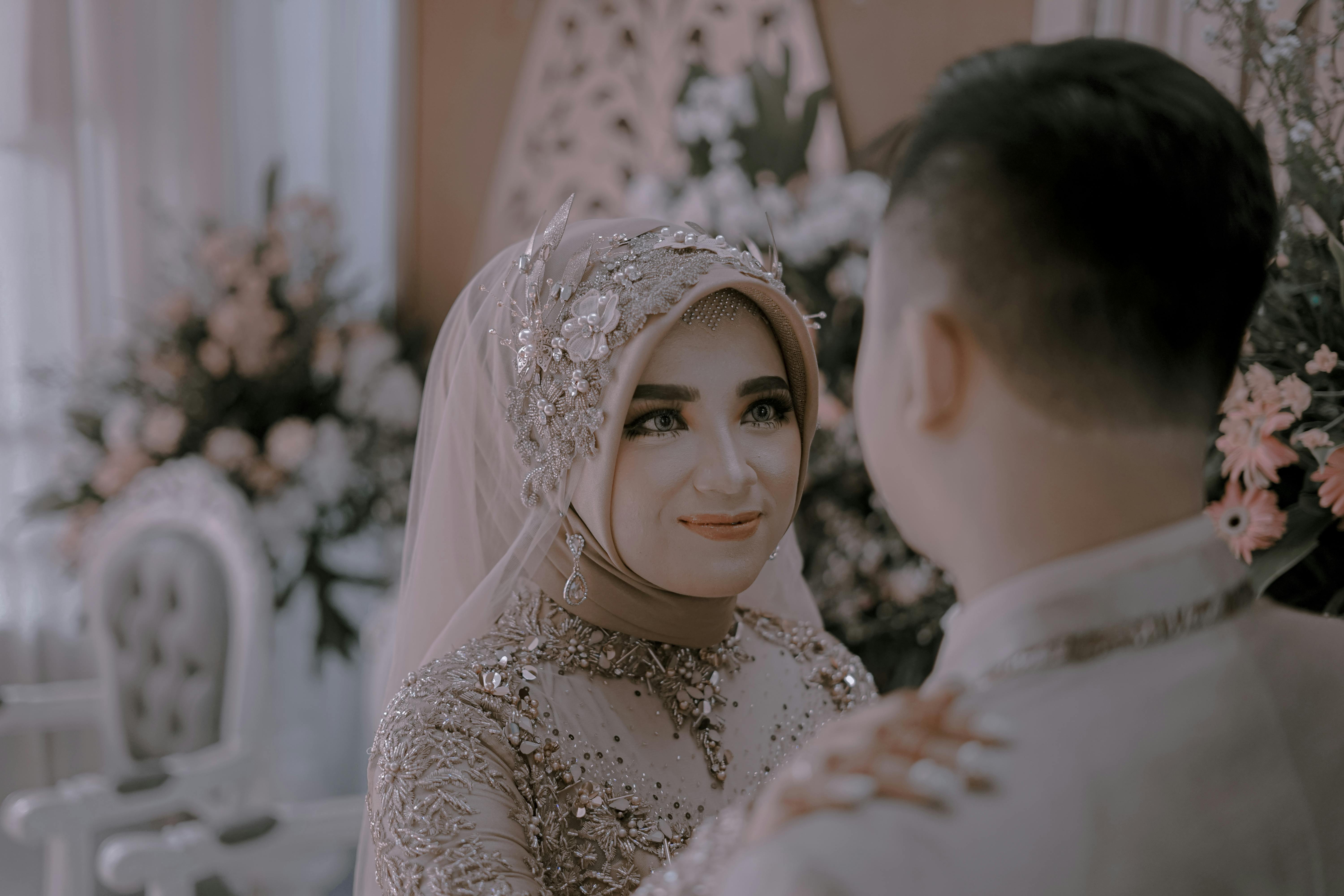
credit: pexels
As a way to signify property transfer upon marriage, you were required to change your surname. This practice is seen as outdated by many who champion equality and personal identity. As society evolves, individuals increasingly choose to retain their names or craft new ones together, reflecting partnership over possession.
First Dance

credit: pexels
The first dance once opened the ball at aristocratic weddings, spotlighting the newlyweds. As dances become less formal, this tradition can feel stilted, especially for those not keen on public displays. Brides and grooms now prefer more relaxed, spontaneous celebrations without scripted moments.
The Bride’s Late Arrival

credit: pexels
This wedding culture was once thought to build anticipation and ensure last-minute preparations. In modern times, it’s often seen as a delay that just prolongs the day’s schedule. A punctual start respects everyone’s time, making the event smoother and more enjoyable for guests.
Having to Wear White

credit: pexels
Wearing white became popularized by Queen Victoria to symbolize purity and social status. Now, this tradition often clashes with personal style and cultural diversity. People now choose hues that reflect their personality or ethnic heritage, embracing a variety of colors at their weddings.
Smashing the Cake
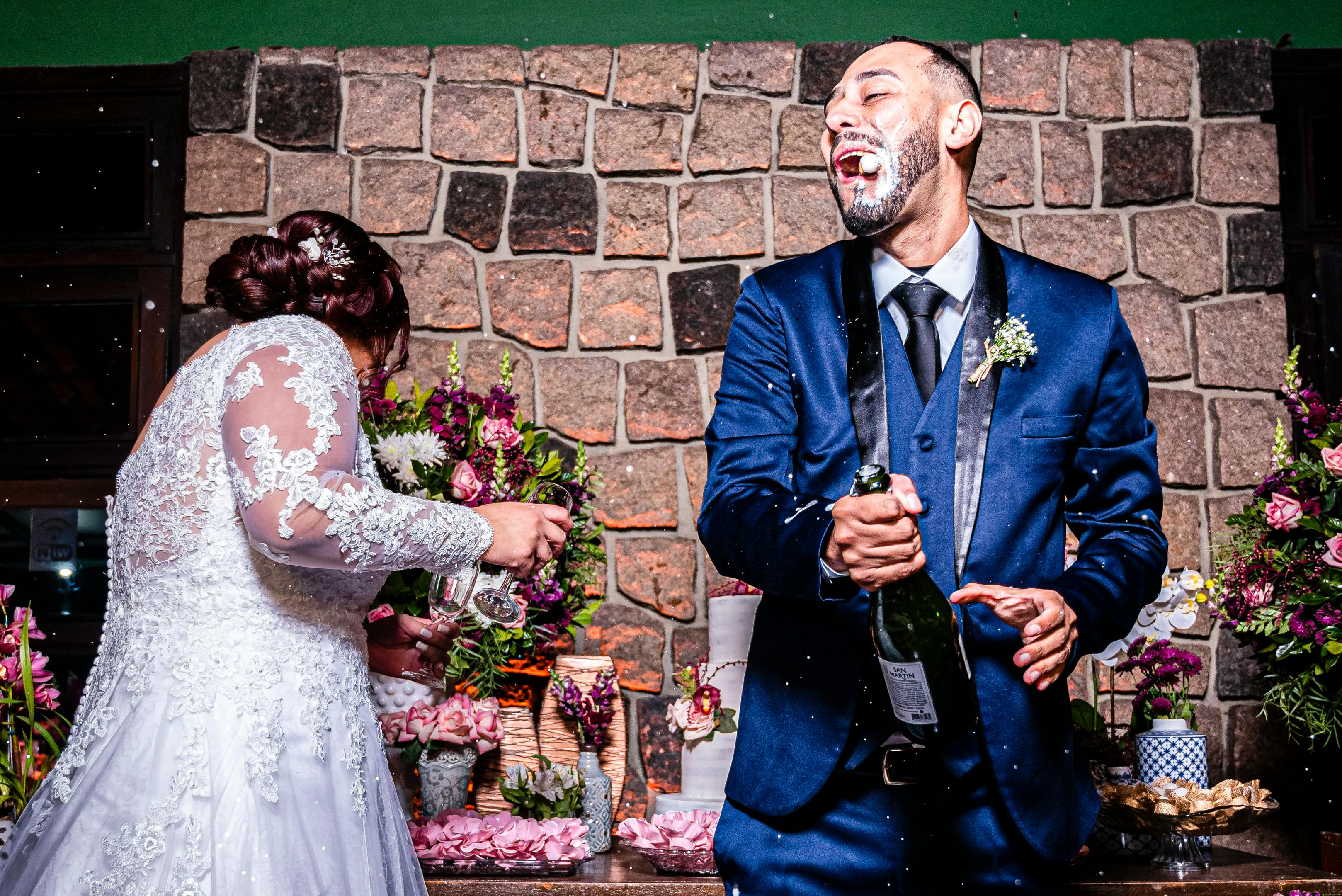
credit: pexels
Smashing the cake in each other’s faces was originally thought to bring good luck and fertility. Now, this messy practice can feel undignified and wasteful, especially with costly cakes. Most choose to skip this in favor of a more graceful cake-cutting, keeping the celebration classy and enjoyable for all.
Not Seeing Each Other Before the Ceremony

credit: pexels
This wedding tradition was invented during the days of arranged marriages and was meant to prevent couples from fleeing. Now viewed as unnecessary, many dismiss it, opting for a "first look" photo instead. This moment adds a personal touch and calms nerves before the aisle walk.
Matching Bridesmaid Dresses

credit: pexels
Matching bridesmaid dresses were designed to confuse evil spirits or jealous suitors who might harm the bride. As superstitions fade, this uniformity seems outdated. Several wedding planners now prefer letting bridesmaids choose their own styles, ensuring everyone feels confident and comfortable while celebrating.

